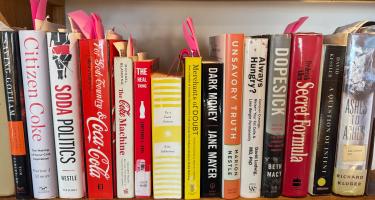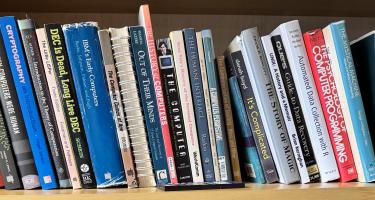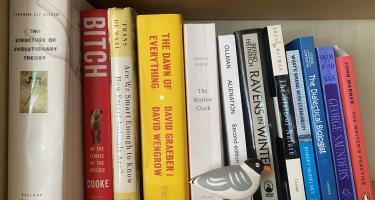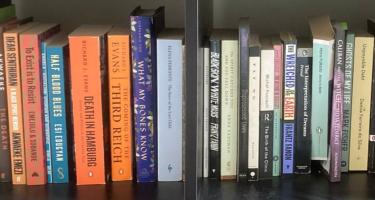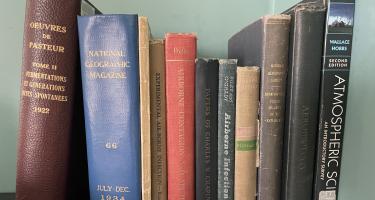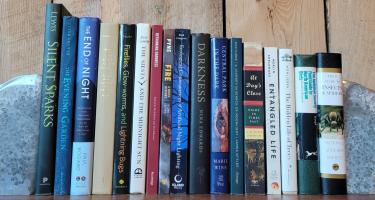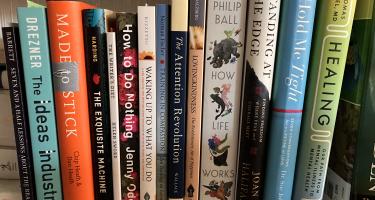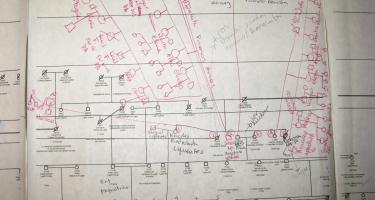
Jennie Erin Smith—Valley of Forgetting: Alzheimer's Families and the Search for a Cure
A news report on a family of 6000 people with a high frequency of early-onset Alzheimer’s Disease caused by a genetic mutation drew Jennie Erin Smith to Colombia in 2017. To research and write Valley of Forgetting: Alzheimer's Families and the Search for a Cure, Smith spent 7 years immersed in experiences of these family members & their doctors, genetic studies, an experimental drug trial & more.

